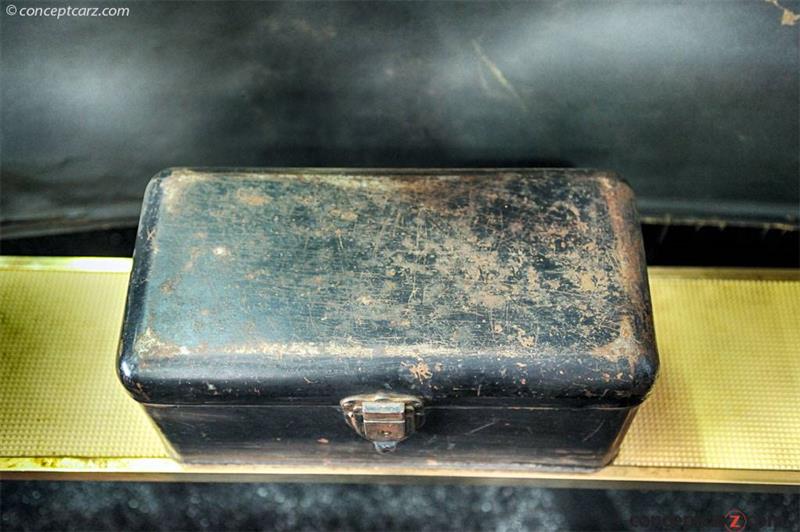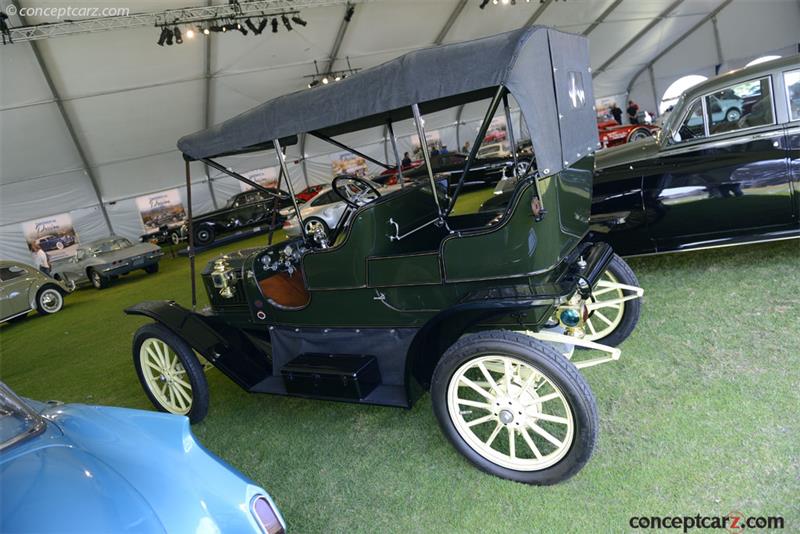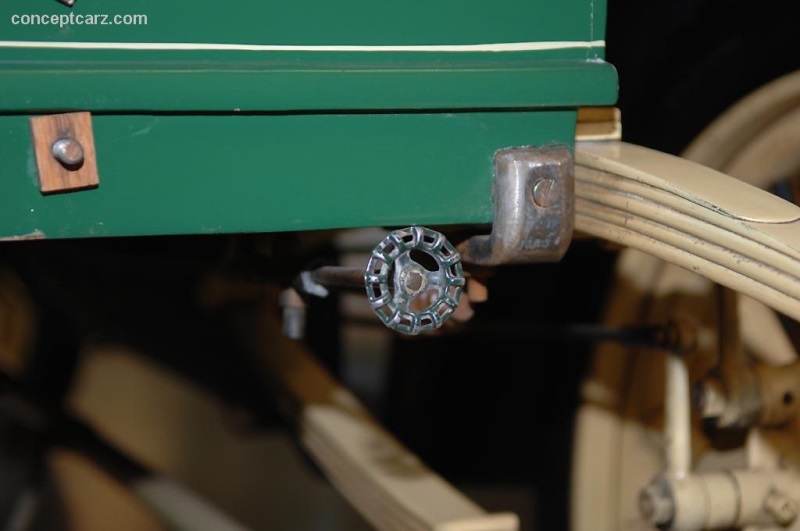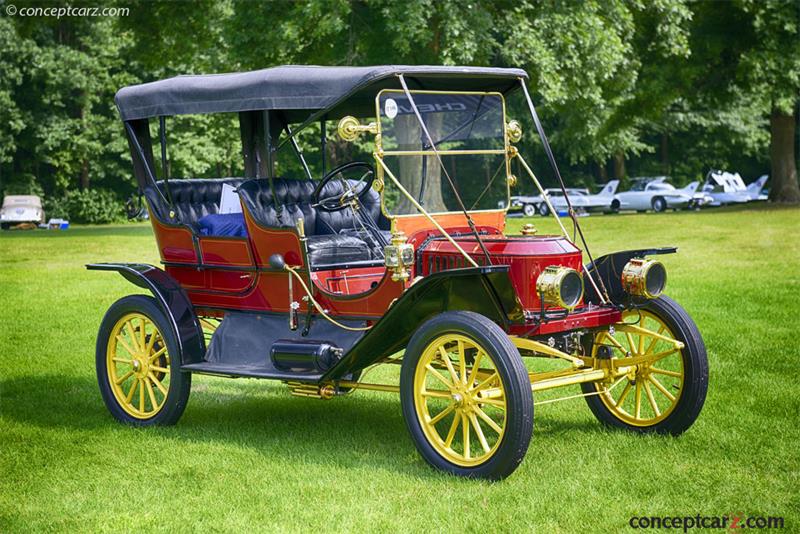The Stanley Motor Carriage Company produced steam-powered automobiles during the early 1900s. The automobile had just been created, and many individuals and companies were experimenting with a wide variety of fuel sources, such as gasoline, electricity, and steam. These three sources were the primary sources, each having benefits and limitations. The electric vehicles were limited in their range, but they were clean, quiet, and easy to start. The steam-powered vehicles were also clean and quiet, but they required a few minutes before starting to allow steam to form. The gasoline engine was noisy, dirty, and hard to start but showed the most potential. The advent of the electric starter around 1914 meant the demise of the other fuel sources. 
Toy Tonneau
View info and historyTwins Francis Edgar and Freelan O. Stanley were born in 1849. Francis passed away in 1918, and Freelan survived until 1940. Their first glimpse of business ingenuity was shown at an early age when they opened a photographic dry plate business which they eventually sold to Eastman Kodak. They became interested in the horseless carriage and, in 1897, created their first automobile. They eventually sold the rights to their design to Locomobile.The brothers produced steam-powered vehicles from 1902 through 1917, known as the Stanley Steamers. Throughout the years, the configuration of the vehicles, the complexity of the engines, and the mechanical components were all greatly improved. The cars were simple yet complex and rather ingenious. The frame was constructed of tubular steel and suspended by full-elliptic springs. Wooden bodies were built atop the frames with a boiler mounted beneath the seat. A petroleum burner, later replaced by kerosene, was placed underneath the vertical fire-tube boiler and generated the steam. Piano-wire was used to reinforce the enclosure. By using piano wire, a low overall weight was maintained while increasing the structural rigidity of the boiler. The vertical fire-tubes were made of copper and later replaced with welded steel. A thick chain was connected from the engine crankshaft to a rear-mounted differential. 
Runabout
View info and historyThe boilers were made safe by incorporating certain safety valves that could be used to release pressure. Even with these safety valves, there was still a concern about the boiler shell bursting. The boiler was made up of many joints, and in the cases of excessive pressure, these joints would fail and release that pressure, extinguishing the burner and subside the potential catastrophe. The name 'coffin bonnet' was coined when the broiler was moved to the front of the vehicle, creating an appearance similar to other cars of the era. By moving it to the front of the vehicle, the noise generated by the boiling steam slightly subsided for the passengers. By 1917 the Stanley brothers sold their company to Prescott Warren, who continued to build the steam-powered car until 1927. The demise of the company was slow but much anticipated. The automobile was rapidly evolving while the Steamer stagnated. Gasoline was inexpensive and reliable, and more importantly, cheap. Steam-powered cars sold for around $4000 while the Ford and Chevrolet, to name a few, were producing cars under $1000. Gasoline engines increased in size, capacity, and output while the steam cars hovered around 20 horsepower. 
Runabout
View info and historyOne of the most famous Steam-powered cars is the Stanley Rocket which captured a land speed record for steam at 127.7 mph at the Daytona Beach Road Course. Driven by Fred Marriott, he easily secured the Dewar International Trophy awarded to the vehicle with the fastest measured mile time, which he accomplished in just 28.5 seconds.The Stanley Rocket was designed to have limited drag. It was similar in shape to a canoe. It was long and narrow, 16 feet long and 3 feet wide at its widest point. Most of the car's components were housed within the body, which increased aerodynamics. The 3.1-liter engine was a twin-piston double-acting type capable of producing a reported 275 or 1000 psi at 700 degrees F. The entire vehicle weighed less than 1680 pounds.About the Engines
The Stanley Steamers used water converted into steam to power the vehicle's drive mechanism. What is generally not realized is that the boiler required fuel to generate the heat to make the conversion possible. Stanley's fuel diet was flexible and able to accept a variety of fuels to create heat. Generally, the fuel of choice was hexane as the pilot fuel and kerosene as the running fuel. Other liquid fuels included gasoline, diesel, white gas, and various soy fuels.
Runabout
View info and historyIt is difficult to vaporize kerosene and a more volatile fuel source was needed, thus the hexane to ignite the kerosene was used to heat the boiler. The hexane served as a pilot fuel that began the steaming process. Once the burner area was hot enough to vaporize the kerosene, the pilot fuel is turned off and the main fuel source is used. The kerosene would burn at a rate of about one gallon every 8-12 miles. Water had a broader range depending on if the car was non-condensing or condensing. A non-condensing car went through a gallon of water every one or two miles. A condensing car was higher, at about 8-12 mpg. The condensing cars reused steam. The non-condensing cars, the early Stanley Steamers, would discharge the used steam out of the car. This type of engine was simple, required few parts, and was not as prone to rusting as were the non-condensing cars. Non-condensing Stanleys entered production around 1914 in response to customers' demands for greater MPG (water). The cars are distinguishable by their front-mounted radiator, similar to modern cars. The radiator would condense the steam and return the water back to the water tank. This increased miles-per-gallon, but it introduced a slew of other problems due to the more-complex engine.
by Daniel Vaughan | Jul 2007
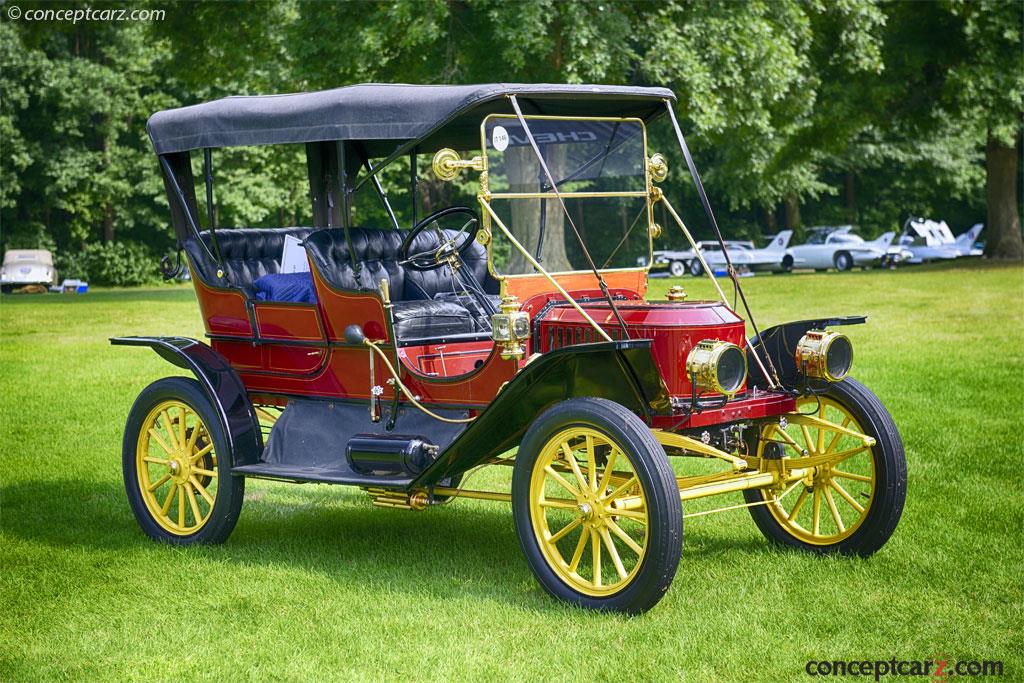
Toy Tonneau
View info and history
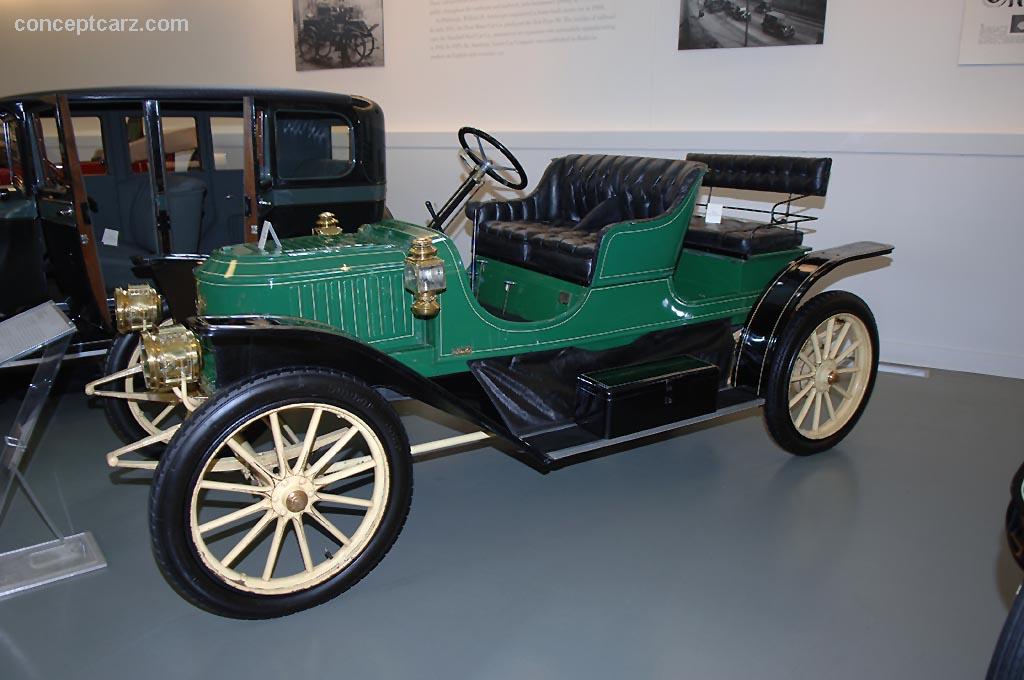
Runabout
View info and history
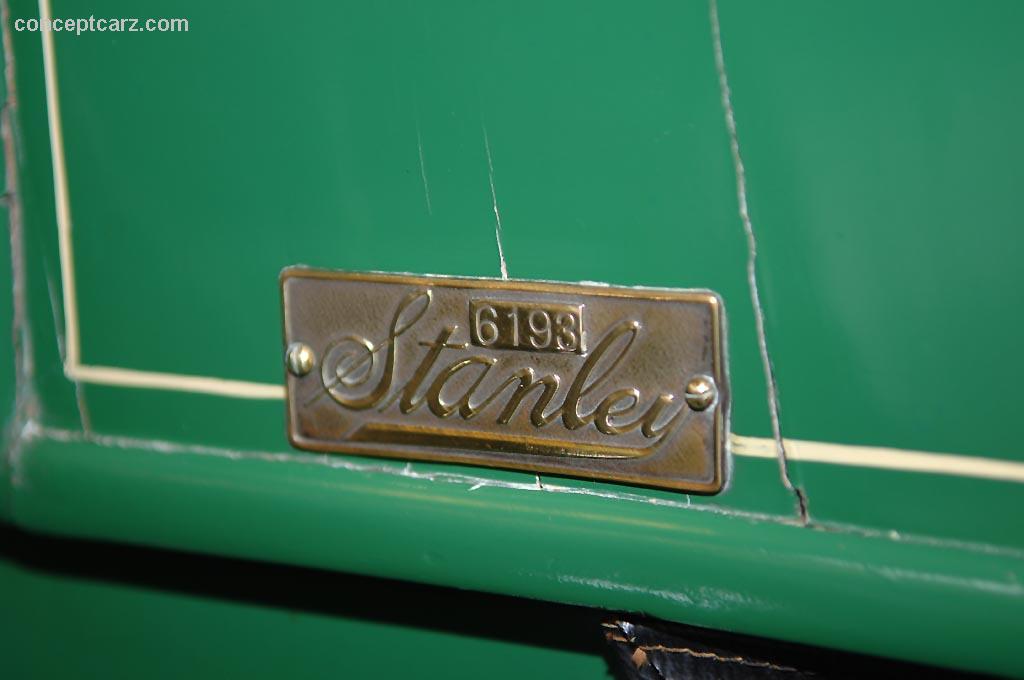
Runabout
View info and history
The Stanley Steamers used water converted into steam to power the vehicle's drive mechanism. What is generally not realized is that the boiler required fuel to generate the heat to make the conversion possible. Stanley's fuel diet was flexible and able to accept a variety of fuels to create heat. Generally, the fuel of choice was hexane as the pilot fuel and kerosene as the running fuel. Other liquid fuels included gasoline, diesel, white gas, and various soy fuels.
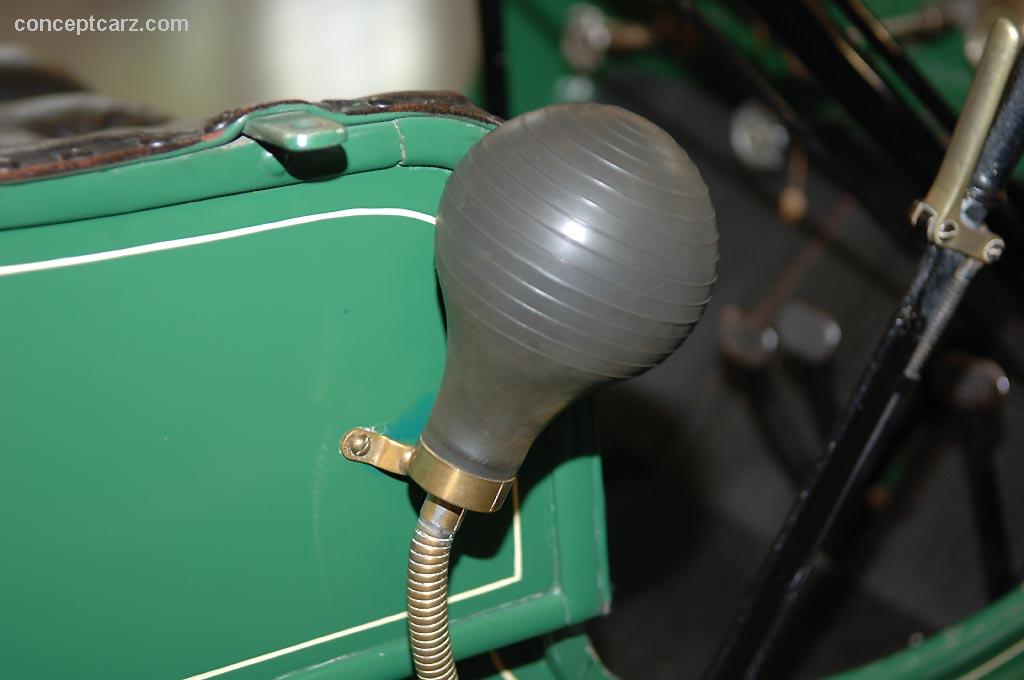
Runabout
View info and history
by Daniel Vaughan | Jul 2007
1910 Stanley Model 60 Vehicle Profiles
Recent Vehicle Additions
Performance and Specification Comparison
Price Comparison
$1,400
Related Automotive News
J.D. POWER AND LMC AUTOMOTIVE REPORT
May New-Vehicle Retail Selling Rate Expected to be 1 Million Units Stronger than a Year Ago
WESTLAKE VILLAGE, Calif., May 23, 2013 - Robust new-vehicle retail sales in May are the driving factor of returning total sales above the 15-mil...
RAGAN GIVES FRONT ROW MOTORSPORTS FIRST NASCAR WIN AS FORD SWEEPS TOP THREE SPOTS AT TALLADEGA
Ford Racing Results
1st – David Ragan
2nd – David Gilliland
3rd – Carl Edwards
9th – Scott Speed
10th – Aric Almirola
13th – Ricky Stenhouse Jr.
14th – Marcos Ambrose
15th – Brad Keselowski
19th – Josh Wise
21st – Michael McDowell
24th – Casey...

FULL STEAM AHEAD FOR HISTORICS
Stanley Steamer takes centre stage for spring sale
Brooklands will provide the backdrop for the ultimate MPV – built long before the category was even invented – when a 1917 20hp Stanley Mountain Wagon crosses the block on Saturday March 9t...

Red Bull Racing: 2012 Formula One World Champions
Fourth Team in History to Achieve Three Consecutive Titles Team Takes its Third World Title in Eight Years
Car 1 SEBASTIAN VETTEL, Finish Position 2nd, Start Position 1st
Im very, very happy for the team to win a third Constructors....

See Vintage Steam Cars at this year's Glenmoor Gathering
One of the highlighted features of the 2012 Gathering will be steam-powered automobiles. At the end of the 19th century, steam was king—and proven. It powered industrial machinery, ships and railroad locomotives. It was only natural that steam was used...























